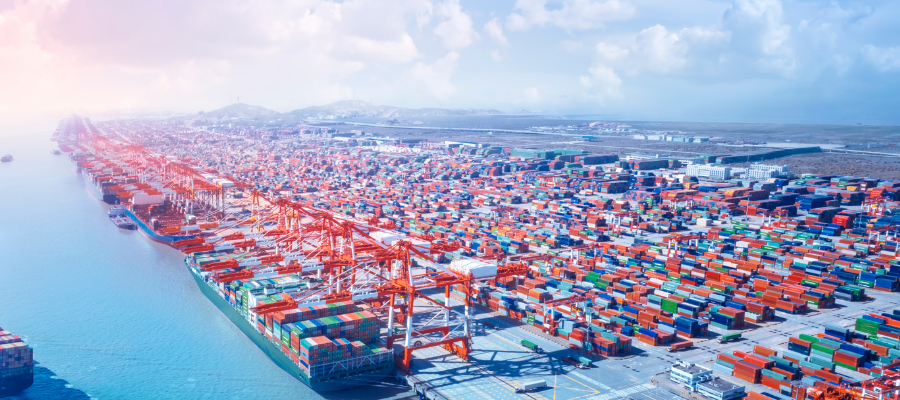🕒 Article read time: 2 minutes
Shipping capacity crunch is hindering economic recovery prospects, review reveals

A container shipping industry with little or no capacity is setting limits on what international trade can contribute to post-pandemic recovery, according to the latest Container Shipping Market Quarterly Review issued by the Global Shippers’ Forum and MDS Transmodal last week (3 June 2021).
SHORTAGES HINDERING RECOVERY
The review found that the shortage of vessels and equipment in global container shipping markets is hindering the pace of economic recovery in countries emerging from pandemic restrictions. It reports on eight performance indicators of the global container shipping market using publicly available data for the first quarter of 2021. These data are unaffected by the closure of the Suez Canal on 23 March for six days, but the effects of this on trade and shipping in the second Quarter of this year will be captured in the next Review to be issued on 1 August 2021.
COLLAPSE OF SERVICE PERFORMANCE
“Shippers around the world are in a state of shock at the collapse of service performance and the remorseless rise in shipping rates,” said James Hookham, Secretary General, Global Shippers’ Forum, “The latest data confirms the anecdotal experiences of shippers struggling to book container slots on a fleet that has hardly grown and needing to absorb the relentless rise in rates that is eroding their own profit margins.
“What the data don’t show is the cargo left behind on the dock. The fact that industrial output continued to rise over the first three months of the year, but the number of containers carried actually fell slightly shows this is an industry that has ‘maxed out’. This is already causing shortages of products and materials essential to the recovery of economies after the traumas of the coronavirus pandemic.
“Shipping lines continue to pump up their prices with further General Rate Increases announced in most trades by most carriers. These are blamed on shippers bidding up prices to secure slots and equipment. Let’s be clear the reason shipping rates are going up is because shipping lines keep increasing them. If shippers were responsible, then the market would have found its own level.
“World governments urgently need to realise that the prospects of a rapid economic recovery are dependent on a resumption of international trade at predictable costs and levels of service. Right now, the double whammy of inflation pressures and chronic shortages of essential products could disrupt the hoped-for resumption of business as normal.
SUPPLY AND DEMAND REMAIN STEADY
Mike Garratt, Chairman of MDS Transmodal, said: “Supply and demand conditions in Q1 2021 were similar to Q4 2020 in that while demand fell by 1% and scheduled deployment of global shipping capacity grew by 2% a continuing decline in service reliability and port calls probably cancelled out any marginal benefit to that balance. Mean freight rates have continued to accelerate; gross freight revenues per TEU have grown by around 40% over six months while spot rates have grown even faster.
“The lines have argued such rates are a consequence of demand exceeding supply. Given supply is effectively fixed, rising freight rates must imply frustrated demand. Spot rates on the Far East to Europe trade lane are now approximately 10% of the mean value of the goods in a typical loaded container, as compared with around 3% less than a year ago. It is reasonable to assume there will be wider impacts on both economies and there is a risk of stoking inflation.
“Such levels of demand were predictable. By our estimation, over the period Q4 2010 (after the effects of the financial crisis had been played out) to Q4 2017 the mean compound growth rate on global container demand was 3.9% p.a. while the sub total of global deployed capacity grew by 4.1% p.a. It was reasonable to assume the lines would continue to invest in capacity, ordering ships that would be available by 2020 Q4. However, while 2020 Q4 was the busiest quarter ever experienced, the growth rate from 2017 Q4 had actually fallen to 3.4% while total deployed capacity grew at only 2.3% p.a. The impact of the pandemic is not to blame for creating exceptional levels of demand, albeit that the dip in demand in early 2020 may have made it difficult to anticipate.”
*www.globalshippersforum.com/
Published On: 10/06/2021 17:00:06

Comments Section
If you are a Logistics UK member login to add comments.